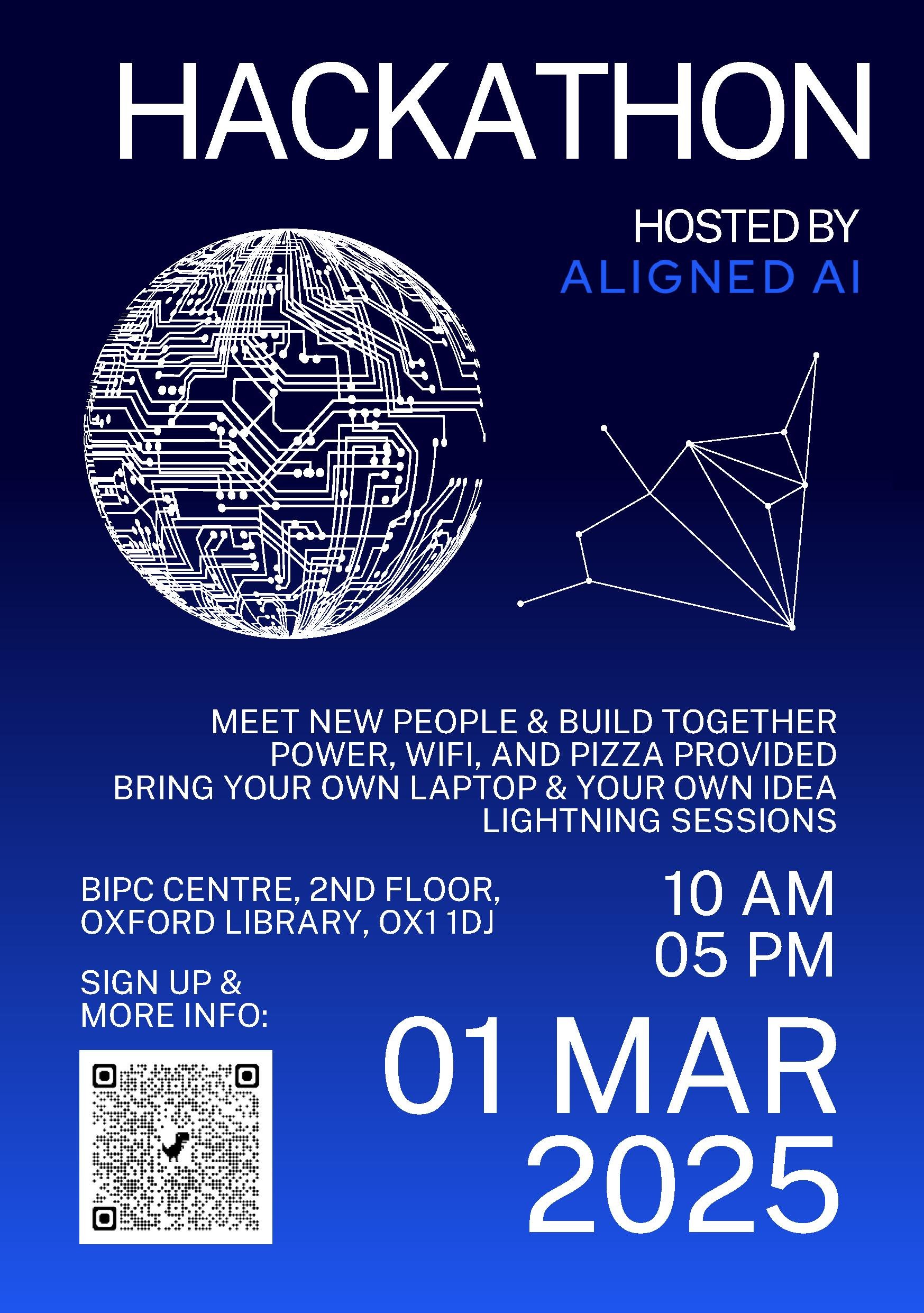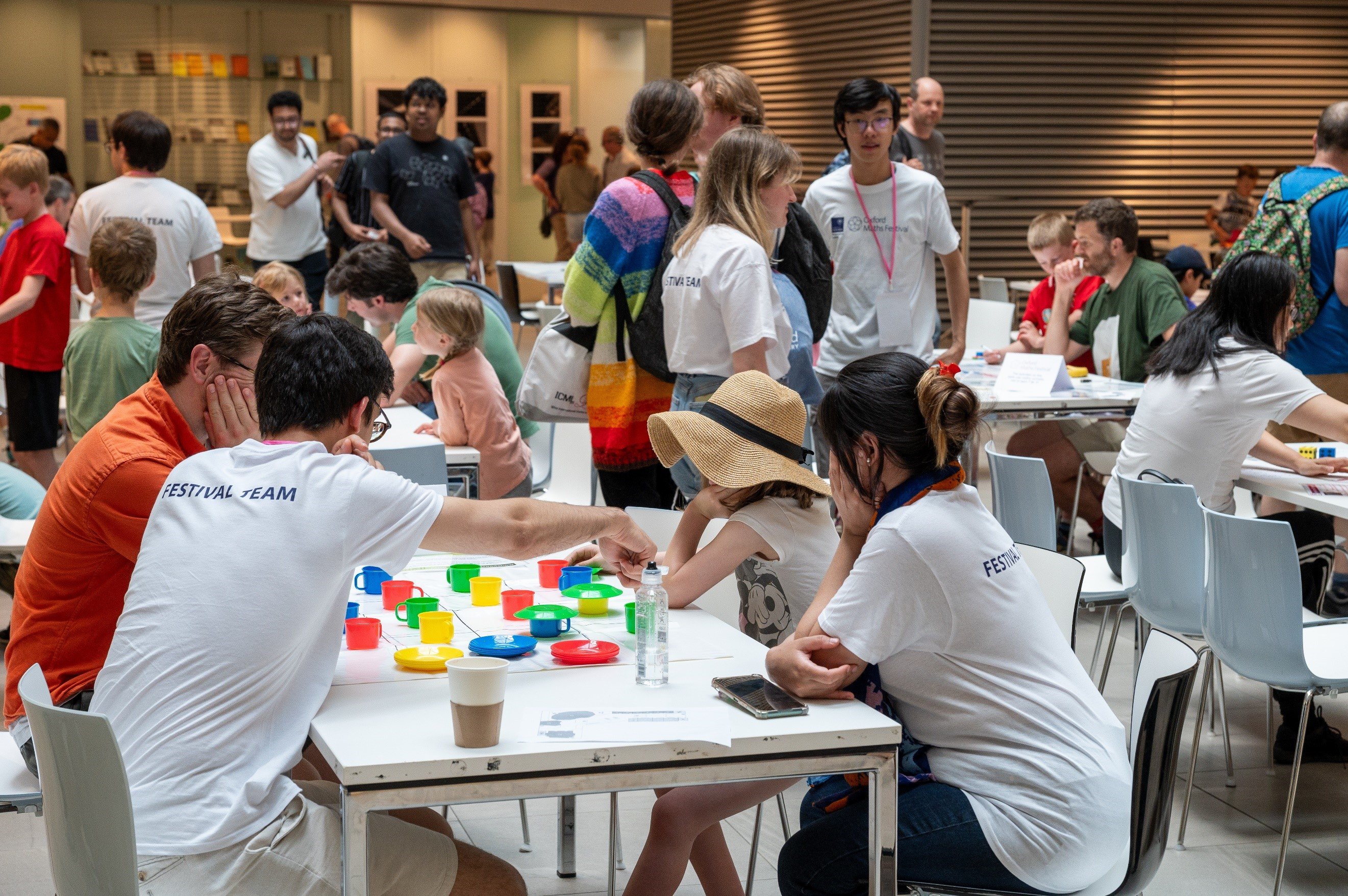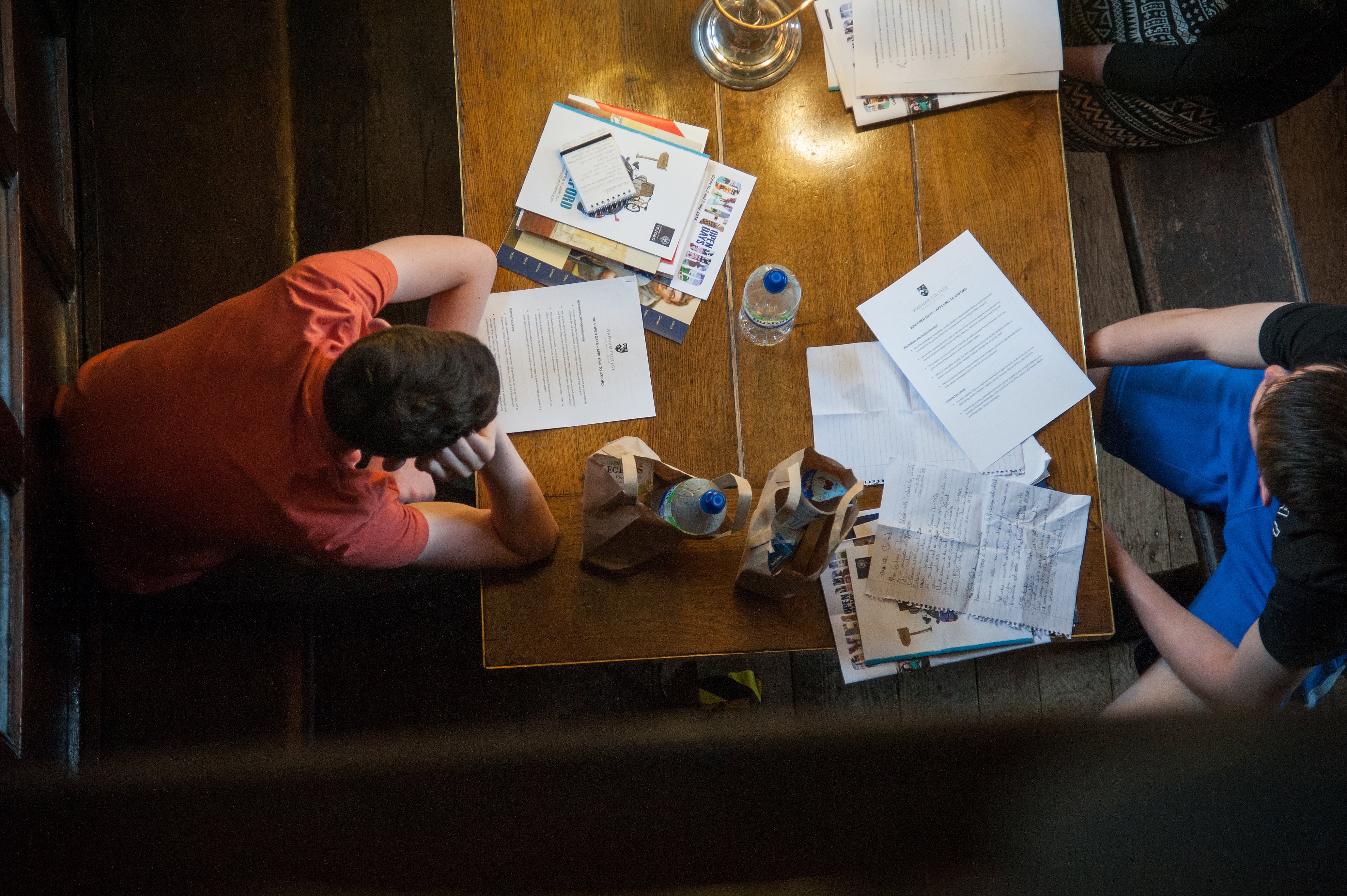We have several Maths teaching positions with leading independent schools in London and the South East of England from September 2025. These are permanent positions which would entail teaching Maths to A level.
Essential: An excellent academic background including an undergraduate degree in Maths or related discipline.
The 'Oxford Women and Non Binary People in Mathematics Day 2025: Pathways to Progress' is taking part this Saturday 1st March from 10 - 4:30 in the Mathematical Institute. Registration is still available here and is open to everyone, regardless of their gender identity. Note that you don't need to attend for the whole day.
A Computational Mathematics Student Summer Placement is available at the Rutherford Appleton Laboratory.
The Mathematical Research Software Engineering Group sits within the Computational Mathematics Theme of the Scientific Computing Department. As a summer placement student in our Group, you will be embedded in the team and will become familiar with our software, the mathematics behind it, and the problems it is designed to solve.
 Fridays@2 continues in L1 this week with: Why study the history of mathematics? (https://www.maths.ox.ac.uk/node/70564)
Fridays@2 continues in L1 this week with: Why study the history of mathematics? (https://www.maths.ox.ac.uk/node/70564)
14:15
Complex Dynamics — degenerations and irreducibility problems
Abstract
Complex dynamics is the study of the behaviour, under iteration, of complex polynomials and rational functions. This talk is about an application of combinatorial algebraic geometry to complex dynamics. The n-th Gleason polynomial G_n is a polynomial in one variable with Z-coefficients, whose roots correspond to degree-2 polynomials with an n-periodic critical point. Per_n is a (nodal) Riemann surface parametrizing degree-2 rational functions with an n-periodic critical point. Two long-standing open questions are: (1) Is G_n is irreducible over Q? (2) Is Per_n connected? I will sketch an argument showing that if G_n is irreducible over Q, then Per_n is connected. In order to do this, we find a special degeneration of degree-2 rational maps that tells us that Per_n has smooth point with Q-coordinates "at infinity”.
the Compressible Euler-Riesz Equations with Large Initial Data of Spherical
Symmetry
populations with drug synergies


 Aligned AI is an Oxford-based startup AI fundamentals lab working to make artificial intelligence safe, ethical and empowering.
Aligned AI is an Oxford-based startup AI fundamentals lab working to make artificial intelligence safe, ethical and empowering. The Oxford Maths Festival is returning for 2025!
The Oxford Maths Festival is returning for 2025! A reminder that prelims corner is taking place every Monday at 11am in the South Mezzanine! Feel free to stop by and ask Mario any questions you may have relating to your study, problem sheets or student life in general. Drinks and snacks provided!
A reminder that prelims corner is taking place every Monday at 11am in the South Mezzanine! Feel free to stop by and ask Mario any questions you may have relating to your study, problem sheets or student life in general. Drinks and snacks provided!